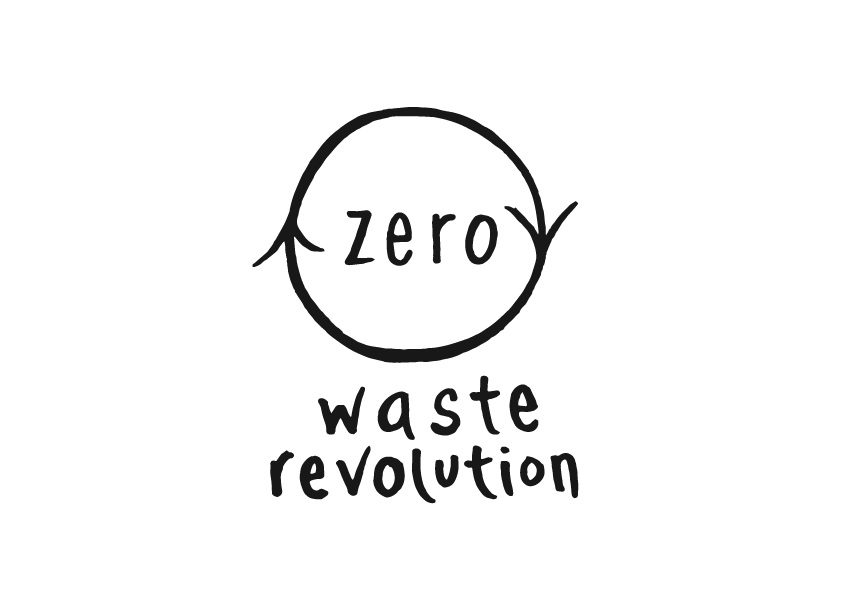compost
Compost bins, bays, heaps and tumblers all need a balance of green (high nitrogen) and brown (high carbon) material, adequate moisture and air for materials to break down efficiently.
Compost tumblers suit smaller spaces, including courtyards. Bare soil is not required. Simply turn the tumbler to add air into your compost mix.
Compost bins need to be connected to the soil so earthworms and soil microbes can easily colonise the compost to help break down waste. If you need to add air, use a stick to make a hole in the centre or use a spiral aerator, which will also help turn the compost.
Compost bays can be used in a similar manner to compost bins, with material added gradually over time, or can be used to contain a compost heap, where all of the green and brown material is layered together in one go. A minimum of two compost bays is ideal and bays should be at least one cubic metre in size. The advantage of bays is that the compost can easily be turned from one bay into the next.
Compost heaps require a large amount of green and brown material to be available at one time. To build the heap, these materials are added in alternate layers of about 10 to 20cm. Ensure that enough water is added to moisten, but not saturate, the heap. When you have finished building the heap, you may wish to cover it with a natural fibre material (such as hessian) to retain warmth and moisture in the heap. Turning the compost will increase the speed of decomposition.
Extra resources
http://www.ecohouseandgarden.com.au/content/resources
http://www.ecohouseandgarden.com.au/documents/EHG-WSNotes-Composting.pdf
http://www.ecohouseandgarden.com.au/documents/EHG-WSNotes-Wormfarming.pdf

